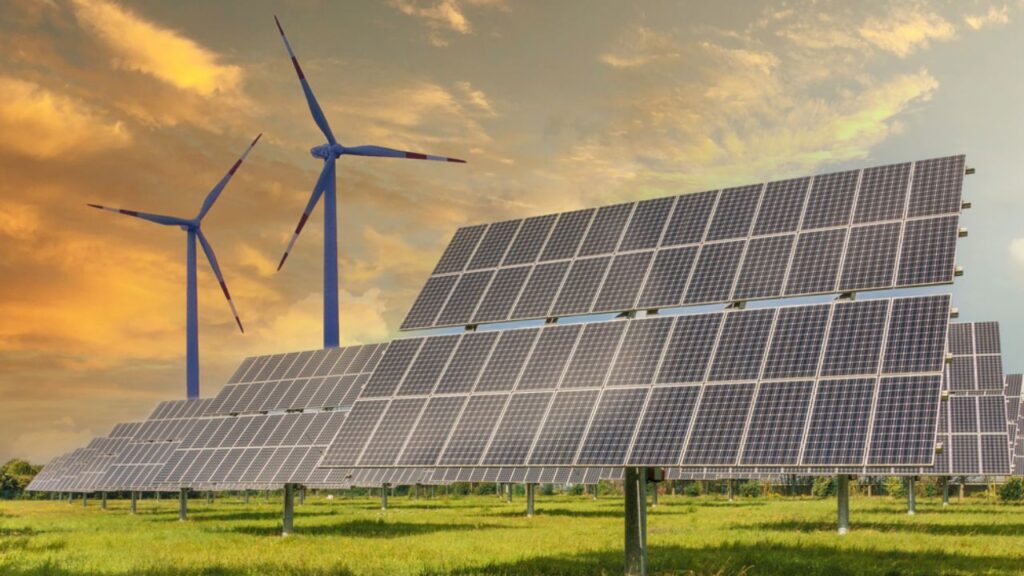India is working to strengthen the accuracy and granularity of its weather forecasts in order to better manage electricity demand and renewable energy generation, Central Electricity Authority (CEA) chairperson Ghanshyam Prasad said on Friday at the BloombergNEF Summit in New Delhi.
The move is crucial as solar and wind power generation is heavily influenced by local weather conditions, and the country is pursuing an ambitious target of installing 500 gigawatts (GW) of non-fossil fuel capacity by 2030. Prasad noted that broad state- or region-level forecasts are proving inadequate as renewable capacity expands.
“Matching generation with demand requires a very granular forecast,” he said, pointing out that about 40 GW of renewable capacity currently lacks buyers. Without accurate planning, India risks creating stressed assets in renewables similar to those experienced in the thermal power sector, he warned.
This year, the CEA had anticipated a peak electricity demand of 270 GW. However, demand peaked at only 242 GW, largely due to prolonged and unexpected rainfall across much of the country during the summer. Climate change-driven variability has made demand estimation increasingly difficult, Prasad explained.
At present, India’s weather forecasts operate at a 12 km by 12 km resolution and are updated only twice daily. By contrast, the electricity grid works on 15-minute cycles, leaving a significant information gap. The government now aims to improve resolution to 4 km by 4 km by the end of the year, allowing for more precise, location-specific predictions.
“To reach this goal, we will equip the India Meteorological Department (IMD) with advanced satellites, sensors, and other tools to raise forecast accuracy,” Prasad said. He stressed that along with short-term data, reliable medium- and long-term projections covering the next 2–10 years are equally important for planning infrastructure, climate policy, and power sector resilience.
India added a record 22 GW of new solar and wind capacity in the first half of 2025, but bottlenecks in transmission infrastructure have led to instances of solar power curtailment. Prasad reassured that the country’s existing and planned grid network will soon be capable of transmitting 478 GW of renewable energy, with the remaining infrastructure required to meet the 2030 target expected within three years.
As part of its reforms, the CEA is also shifting from a five-year planning cycle to an annual energy planning model. “Doing this every year means we can capture demand and weather changes more accurately,” Prasad said.

